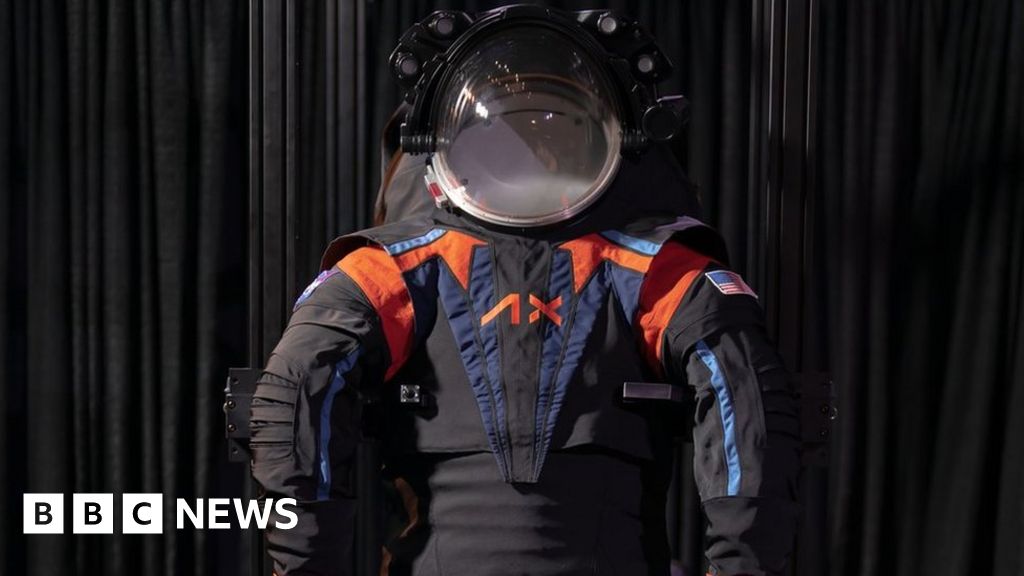
NASA's Artemis Mission: Advancements in Spacesuit Technology
NASA's Artemis mission is an ambitious undertaking aimed at sending the first woman and the next man to the lunar surface by 2024. With this mission, NASA aims to establish sustainable exploration of the Moon and develop technologies to support future missions to Mars and beyond. The mission requires an array of cutting-edge technologies, including spacesuits that can withstand the harsh lunar environment. In this article, we will explore the advancements in spacesuit technology for the Artemis mission.
History of Spacesuits
Spacesuits are essential for human spaceflight, as they provide the necessary protection for astronauts to survive in the vacuum of space. The first spacesuits were developed during the early days of space exploration in the 1960s. These suits were bulky and cumbersome, designed primarily for protection against extreme temperatures and the lack of atmospheric pressure in space. However, as space exploration continued, the need for more advanced suits became apparent.
Also Read:
NASA's Extravehicular Mobility Unit (EMU), also known as the "spacewalking" suit, was introduced in the 1980s and has been used in several space missions. The EMU was a significant improvement over earlier spacesuits, as it was designed to allow astronauts to move more freely and comfortably in space.
Advancements in Spacesuit Technology
The Artemis mission requires spacesuits that can withstand the harsh lunar environment, which includes extreme temperatures, radiation, and abrasive lunar dust. To meet these requirements, NASA has developed the Exploration Extravehicular Mobility Unit (xEMU), a new generation of spacesuit.
The xEMU is a significant advancement in spacesuit technology, designed to provide enhanced mobility, flexibility, and durability. It features a modular design that allows for customization to fit different body types and sizes. The suit has improved thermal protection, with the ability to regulate body temperature through a liquid cooling and ventilation system.
Another notable feature of the xEMU is its improved mobility. The suit's shoulder and hip joints are designed to allow for a wider range of motion, enabling astronauts to move more freely and comfortably. The gloves have also been redesigned to allow for greater dexterity and a better grip.
In addition to the xEMU, NASA has also developed the Orion spacecraft, which will transport astronauts to and from the lunar surface. The spacecraft features a life support system that provides oxygen, removes carbon dioxide, and regulates temperature and humidity levels inside the spacecraft and the spacesuit.
Conclusion
The Artemis mission represents a significant milestone in human space exploration. The mission requires advanced technologies, including spacesuits that can withstand the harsh lunar environment. The xEMU represents a significant advancement in spacesuit technology, designed to provide enhanced mobility, flexibility, and durability. With the development of the xEMU and the Orion spacecraft, NASA is well-positioned to achieve its goal of establishing sustainable exploration of the Moon and paving the way for future missions to Mars and beyond.
Read More:
That's it for this article.
Thanks for Visiting Us – fixyanet.com


0 Comments